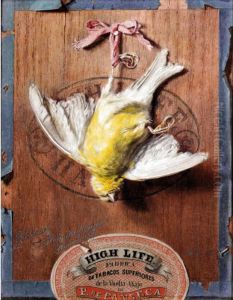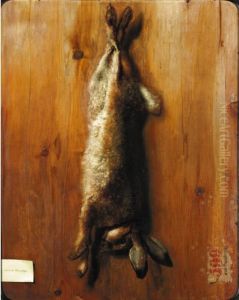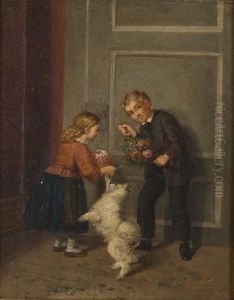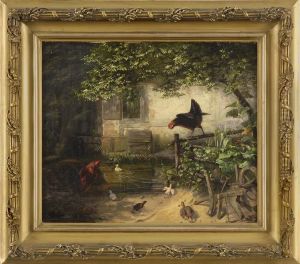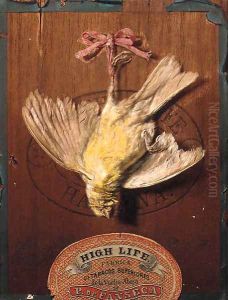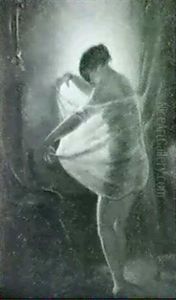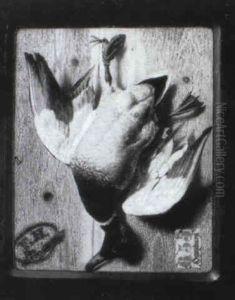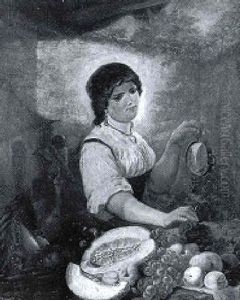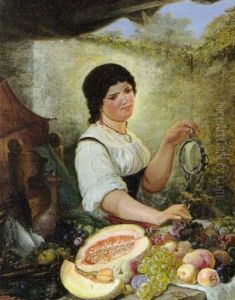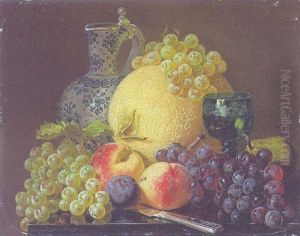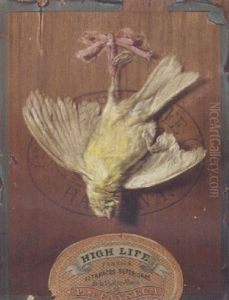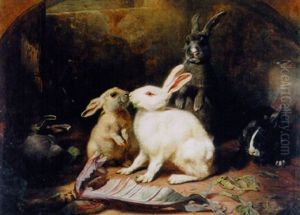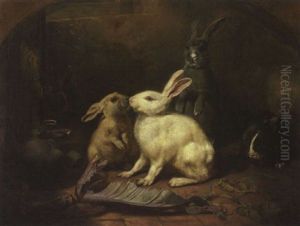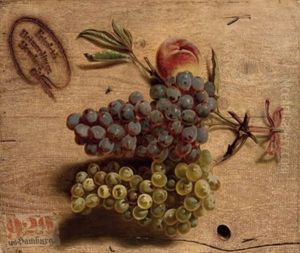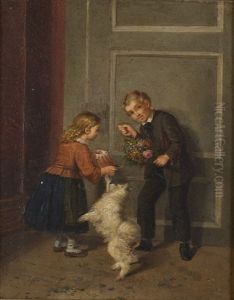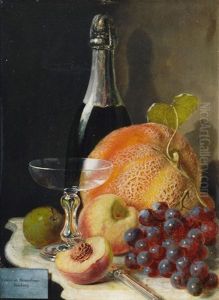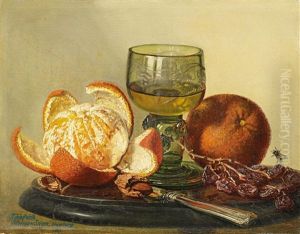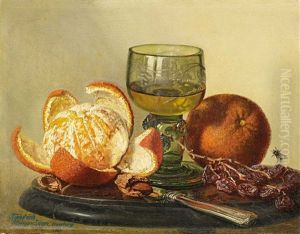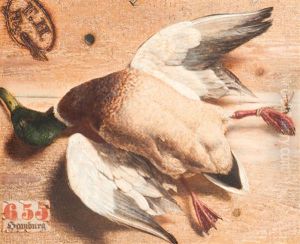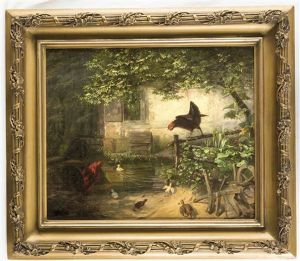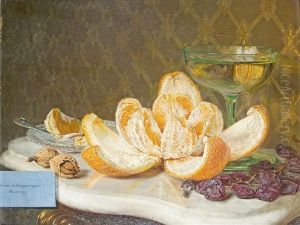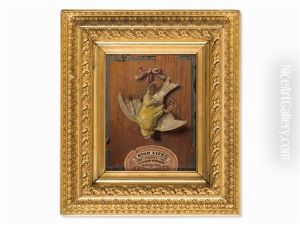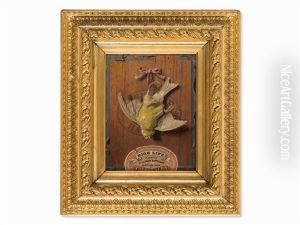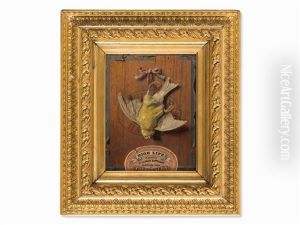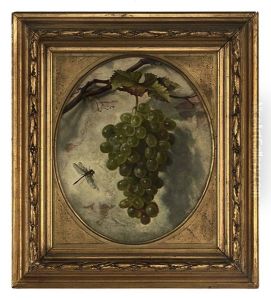Friedrich Heimerdinger Paintings
Friedrich Heimerdinger was a German painter associated with the Düsseldorf school of painting, which was a group of artists who studied or worked at the Düsseldorf Academy in the mid-19th century. Born on December 5, 1817, in Hamburg, Germany, Heimerdinger showed an early interest in art and was particularly drawn to the Romantic style that was prevalent during his formative years.
Heimerdinger enrolled at the Düsseldorf Academy, which was known for its strong emphasis on historical painting and detailed realism. Under the influence of the Academy's director, Wilhelm von Schadow, Heimerdinger honed his skills and became adept at meticulously rendering scenes with historical and religious significance. The Düsseldorf school was marked by its meticulous craftsmanship, and its artists often exhibited a keen interest in lighting and atmosphere, elements that Heimerdinger incorporated into his own work.
During his career, Heimerdinger's work was well-received in academic circles, and he participated in various exhibitions. His paintings often depicted scenes from German history and literature, as well as Biblical narratives. Through these subjects, he sought to evoke emotional responses and moral reflections from viewers. Heimerdinger's approach to painting was also influenced by the broader European movements of his time, including Neoclassicism and Romanticism, which is evident in his use of dramatic lighting and composition to convey the grandeur and pathos of his subjects.
Despite his connection to the Düsseldorf school, there is not a wealth of information available on Heimerdinger's personal life or his broader impact on the art world, as he was one of many artists working in a similar style during the period. Nevertheless, his contributions to the Düsseldorf school and his dedication to the craft of painting were part of the larger 19th-century art movement that helped to shape the future of art in Germany and beyond.
Friedrich Heimerdinger passed away on February 26, 1883, in Düsseldorf, leaving behind a legacy tied to the Romantic tradition and the meticulous style of the Düsseldorf Academy. His work continues to be of interest to scholars studying the Düsseldorf school and the broader trends in 19th-century European art.
